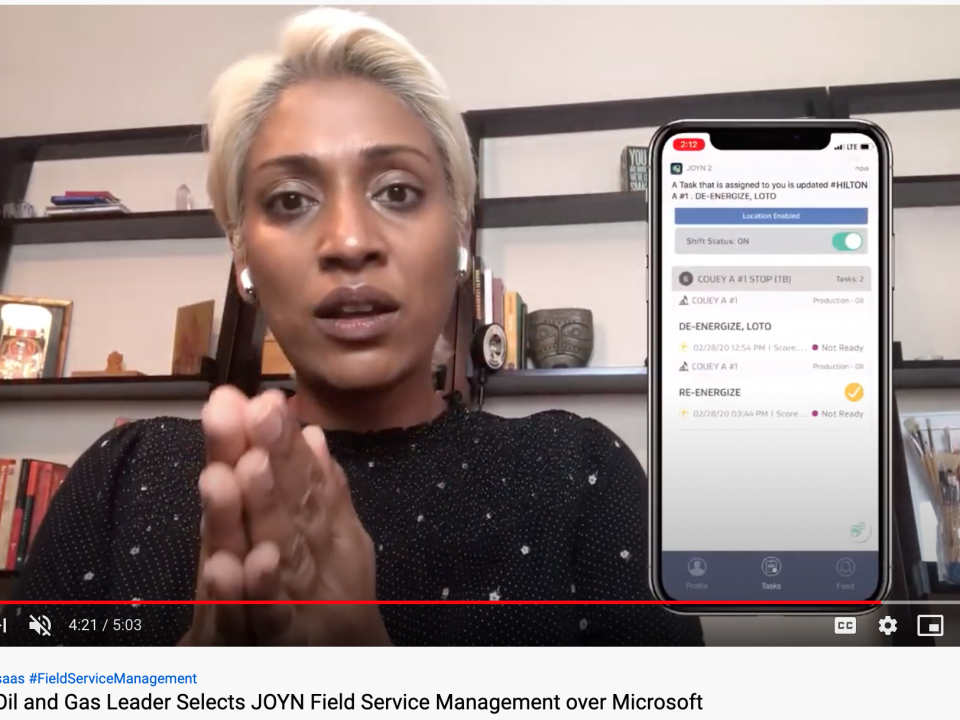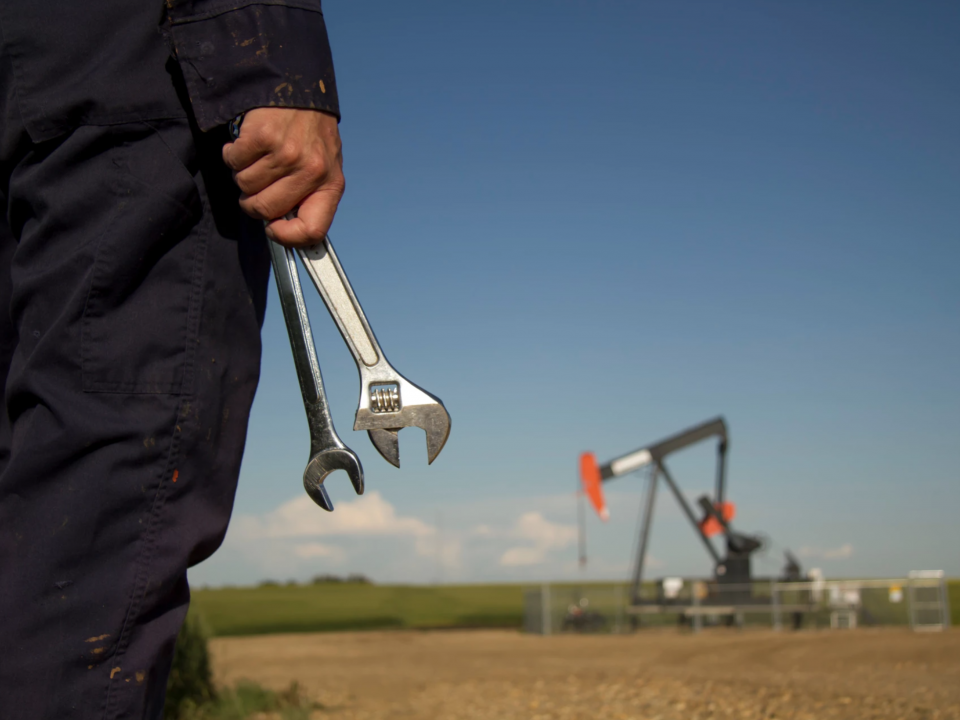DEAR OIL AND GAS PRODUCERS, DEMAND MORE FROM OIL & GAS PRODUCTION TECHNOLOGY VENDORS
Dear Oil and Gas Producers,
For far too long you’ve been promised innovation from production technology vendors who know your industry well. When the annual vendor conference music dies out, it’s time ask if you are left with more PowerPoint promises than proven technology that solves painful challenges in the field. You are asked to triage critical challenges within hours. Hold your software vendor to those same standards of adaptability.
LET’S GET SOMETHING OFF THE TABLE. TECHNOLOGY IS NOT THE ISSUE.
The reality is that cloud, mobility, artificial intelligence and big data can all work with you to change expensive field operations today. Not a year from today. Mobility and cloud solutions have matured, and we are way passed early adoption. Even IoT and AI are being applied to ripe problems that yield great production results. The issue is in knowing what precise problems to apply all this great production technology; and in selecting vendors who get your priorities.
MY PERSPECTIVE COMES FROM HAVING BEEN IN YOUR SHOES, AND IN THE FIELD.
Ten years ago, I was working from a trailer in Bakersfield, California, surrounded by 10,000 oil wells. Bakersfield oil is heavy and expensive to refine; and I loved it! Not so much the heaviness, but because I had begun my career as a mechanical engineer and I love to work with tangible things. Bakersfield’s heavy, dirty oil was as tangible as it gets – and it was beautiful to me.
Like everyone on the oil field, I never had much time on my hands. But my always-questioning sense of curiosity — a common trait amongst engineers — drove me to wonder what other oil fields were like. What I didn’t realize at the time, was that this innocent curiosity was the start of a major career shift for me. I began with some exploration into different fields and it wasn’t much longer before I was working in Permian Basin, where they have really beautiful oil, and then in the Rockies. During this time, I learned the truth about oil fields; there’s nowhere else like Bakersfield. In fact, every oil field is different. Every product, every crew, every worker. I found that each has unique characteristics that must be dealt with differently.
This path eventually led to the establishment of Seven Lakes Technologies in 2009, that now serves more than a million wells from over 65 oil and gas companies located in Denver, Houston, Dallas, Midland, Tulsa, Bakersfield, Pittsburgh and Oklahoma City. Seven Lakes empowers customers with Integrated Production and Capital planning software.
I COULD SEE THE OBVIOUS, WHAT SOFTWARE VENDORS WERE IGNORING – THE LEASE OPERATOR
My exploration not only highlighted the stark differences between different oil fields but it also drew my attention to what they have in common, what makes an oil field an oil field. It was the unavoidable reality that all wells deplete. So, the race is on to meet production targets while keeping a keen eye on profitability. With this in mind, it was easy to conclude that operating expense and production targets go hand-in-hand. The field, more specifically the lease operator, must be empowered with both.
While giving lease operators this type of visibility might seem straightforward, it actually has profound implications for the success and survival of oil and gas companies during challenging and fruitful times for the sector.
Allow me to explain what I mean in practice. Here are some simple examples of what you must demand from your field intelligence vendors:
By utilizing AI, dynamic routing puts an E&P company in a proactive stance by focusing on those high producing assets that currently require attention, rather than devoting roughly equal time to all tasks. For instance, if a lease operator is servicing 15 wells, 12 of which are running smoothly and three that are malfunctioning, it makes sense to prioritize servicing the poorly functioning wells first, to maximize overall production figures.
The process relies primarily on algorithms that use cascading logic about business priorities. The technique then generates recommendations for improving and optimizing field level activities. Management by exception, in conjunction with field data gathering software, offers tremendous opportunities for reducing costs and increasing productivity in the energy industry today, not in the future that many vendors only talk of.
- CAPTURE ACCURATE RUN TICKETS THROUGH TEXT/IMAGE RECOGNITION
Then consider the inefficiencies that surround the traditional system of run tickets. Simple data entry mistakes are rife and can cause significant disruption, while manual double-checking wastes valuable time over the course of months and years. By developing an AI system that connects field worker to corner office we can enable a complete and accurate view of production for oil and gas companies. While the majority of vendors are only just gaining the ability to take basic run ticket pictures, we have shown since 2012 that it is possible to achieve 99% accuracy of interpreting handwritten tickets.
Using leading automation systems run tickets can be uploaded, translated and filed in the system with one click. Pumpers simply photograph the ticket, then the advanced character recognition software can interpret handwriting, cursive and block script, on low-resolution images and it even does a good job on documents stained with oil or coffee. Each ticket learns from the first, applies that knowledge to the second, and third, and so on. Call it AI, machine learning or deep learning, it’s a neural network that continues to improve itself over time.
Ambitious oil and gas executives have already begun demanding better results from their production technology providers. Fed up with the never-ending talk of future potential, they are insisting on acquiring the most advanced automation systems for their field operations. These forward-thinking leaders are saving millions of dollars for their companies. They are carrying their organizations into the future and elevating them from dark unprofitable times.
Yours sincerely,
Shiva Rajagopalan
CEO – Seven Lakes Technologies





